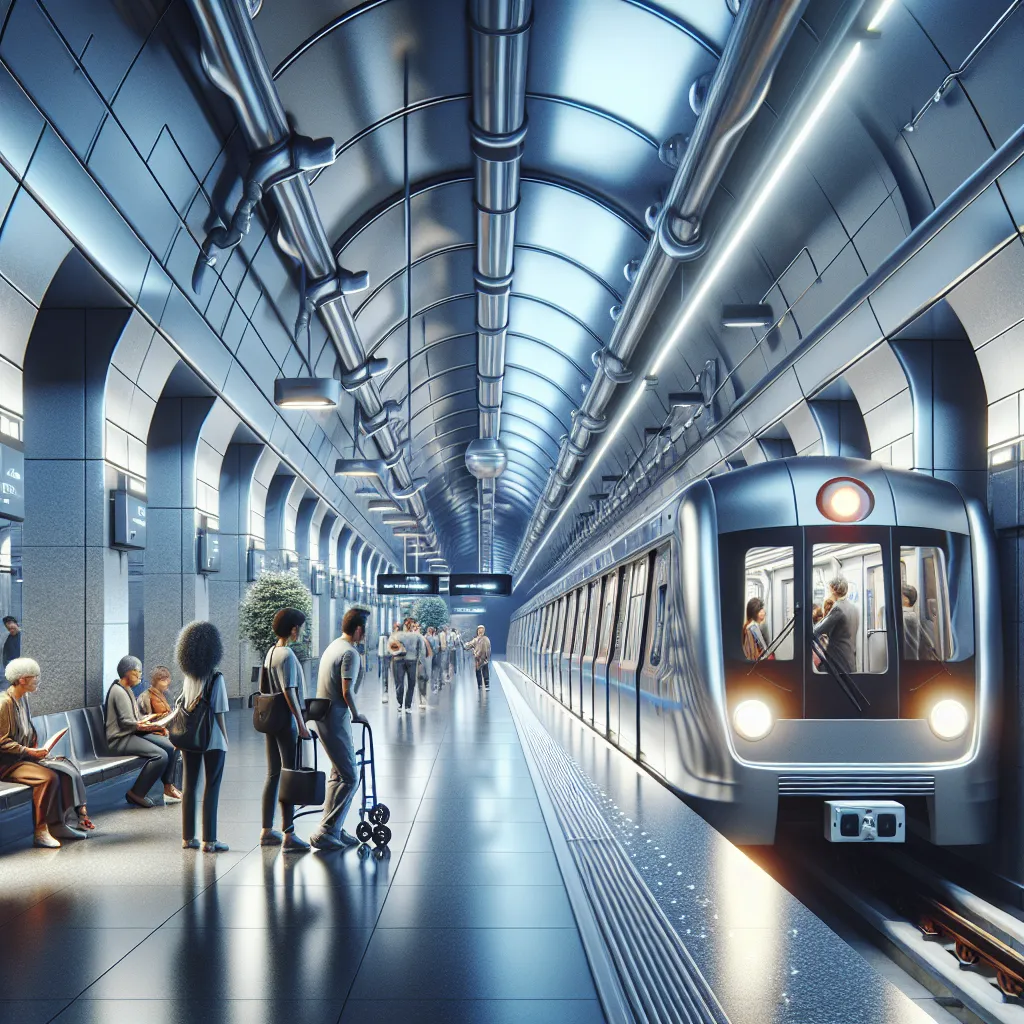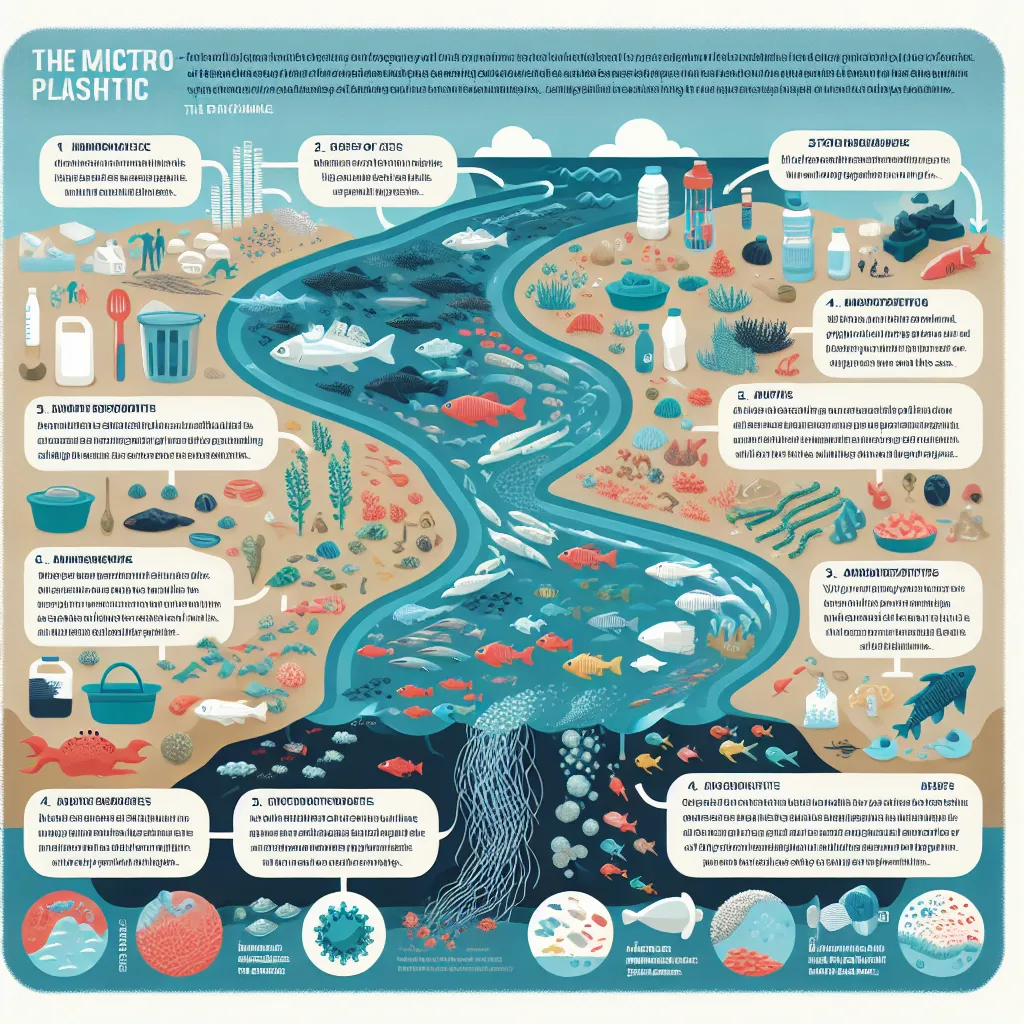As an experienced IELTS examiner and English instructor, I’m excited to guide you through one of the common topics in the IELTS Speaking test: describing a public transport system in your city. This topic not only tests your language skills but also your ability to articulate your thoughts about urban infrastructure and daily life experiences.
Nội dung bài viết
- Understanding the IELTS Speaking Test Structure
- Part 1: Introduction and Interview
- Sample Questions and Answers
- Part 2: Individual Long Turn
- Sample Cue Card
- Sample Answer (Band 8-9)
- Examiner’s Follow-up Questions
- Part 3: Two-way Discussion
- Sample Questions and Answers
- Key Vocabulary and Phrases for High Scores
- Examiner’s Advice
Understanding the IELTS Speaking Test Structure
Before we dive into the specific topic, let’s briefly review the structure of the IELTS Speaking test:
- Part 1: Introduction and Interview (4-5 minutes)
- Part 2: Individual Long Turn (3-4 minutes)
- Part 3: Two-way Discussion (4-5 minutes)
Now, let’s explore how you can excel in each part when discussing public transport systems.
Part 1: Introduction and Interview
In this section, the examiner may ask you general questions about public transportation. Here are some possible questions and sample answers:
Sample Questions and Answers
-
Q: How often do you use public transport?
A: (Band 6-7) I use public transport quite frequently, probably about three or four times a week. It’s convenient for getting to work and running errands around the city.A: (Band 8-9) I’m a regular user of public transport, relying on it almost daily for my commute to work and other activities. I find it not only convenient but also environmentally friendly, which aligns with my personal values.
-
Q: What’s your preferred mode of public transport?
A: (Band 6-7) I prefer the subway because it’s fast and usually on time. It helps me avoid traffic jams during rush hour.A: (Band 8-9) I have a strong preference for the subway system in our city. Its efficiency and punctuality are unparalleled, especially during peak hours when road traffic can be nightmarish. Moreover, the extensive network allows me to reach almost any part of the city with ease.
 Urban subway system
Urban subway system
Part 2: Individual Long Turn
In this section, you’ll be given a cue card with a topic and some prompts. Here’s a sample cue card related to public transport:
Sample Cue Card
Describe a public transport system in your city.
You should say:
- What type of transport it is
- How often you use it
- What you like or dislike about it
- And explain why it’s important for your city
Sample Answer (Band 8-9)
“I’d like to talk about the extensive metro system in my city, which has become the backbone of urban mobility over the past decade.
The metro, or subway as it’s sometimes called, is an underground rail network that crisscrosses the city. It’s a state-of-the-art system featuring sleek, air-conditioned trains and modern stations equipped with digital information displays and accessibility features for people with disabilities.
As someone who values efficiency and environmental sustainability, I find myself using the metro almost daily. It’s my go-to mode of transport for commuting to work, meeting friends, or exploring different parts of the city during weekends.
What I appreciate most about our metro system is its reliability and punctuality. The trains run like clockwork, which is a godsend in a city known for its traffic congestion. The clean and well-maintained carriages also make for a pleasant journey. However, if I had to point out a drawback, it would be the overcrowding during peak hours, which can sometimes make the ride less comfortable.
The importance of this metro system to our city cannot be overstated. It has revolutionized urban travel, significantly reducing traffic congestion and air pollution. By providing an efficient alternative to private vehicles, it has made the city more livable and sustainable. Moreover, it has boosted economic activity by improving connectivity between different areas and making job opportunities more accessible to a larger population.
In conclusion, while not without its challenges, our metro system has become an indispensable part of city life, embodying the progress and forward-thinking approach of our urban planning.”
Examiner’s Follow-up Questions
-
Q: How do you think the metro system could be improved?
A: While our metro system is already quite efficient, there’s always room for improvement. I believe increasing the frequency of trains during peak hours could help alleviate overcrowding. Additionally, extending the network to cover more suburban areas would make it even more accessible and reduce reliance on cars for commuting. -
Q: Do you think public transport will become more or less important in the future?
A: In my opinion, public transport will become increasingly crucial in the future. As cities grow and environmental concerns intensify, efficient mass transit systems will be key to sustainable urban development. They’ll play a vital role in reducing carbon emissions and improving air quality, while also enhancing urban mobility and quality of life.
Part 3: Two-way Discussion
In this section, the examiner will ask more abstract questions related to public transportation. Here are some potential questions and sample answers:
Sample Questions and Answers
-
Q: How has public transportation changed in your country over the past few decades?
A: (Band 6-7) Public transportation in my country has improved a lot in recent years. We now have more modern buses and trains, and many cities have built new subway systems. It’s much easier to travel around cities now than it was in the past.A: (Band 8-9) The evolution of public transportation in my country has been nothing short of remarkable. Over the past few decades, we’ve witnessed a paradigm shift from outdated, inefficient systems to cutting-edge, integrated networks. Major cities have invested heavily in state-of-the-art metro systems, while intercity travel has been revolutionized by high-speed rail. These advancements have not only enhanced mobility but also contributed significantly to reducing our carbon footprint and promoting sustainable urban development.
-
Q: What role do you think technology will play in the future of public transport?
A: (Band 6-7) I think technology will make public transport more efficient and user-friendly. We might see more electric vehicles and better apps for planning journeys and buying tickets.A: (Band 8-9) Technology is set to play a transformative role in shaping the future of public transportation. We’re likely to see a convergence of various technological innovations, such as artificial intelligence, Internet of Things, and autonomous vehicles. These advancements could lead to smart transport systems that optimize routes in real-time, predict and manage demand, and provide seamless, personalized travel experiences. Moreover, the integration of renewable energy technologies could make public transport more sustainable and environmentally friendly, further cementing its importance in our urban ecosystems.
Key Vocabulary and Phrases for High Scores
To elevate your responses and aim for those higher band scores, consider incorporating these sophisticated words and phrases:
-
Extensive network /ɪkˈstensɪv ˈnetwɜːk/ (noun phrase): A wide-ranging system of interconnected parts.
Example: “The extensive network of bus routes covers even the most remote areas of the city.” -
State-of-the-art /steɪt əv ði ɑːt/ (adjective): Using the most modern or advanced techniques or equipment.
Example: “Our new trains are state-of-the-art, featuring advanced safety systems and energy-efficient designs.” -
Revolutionize /ˌrevəˈluːʃənaɪz/ (verb): To change something completely and dramatically.
Example: “The introduction of the metro system revolutionized commuting in our city.” -
Sustainable urban development /səˈsteɪnəbl ˈɜːbən dɪˈveləpmənt/ (noun phrase): City growth that meets present needs without compromising future generations.
Example: “Efficient public transport is crucial for sustainable urban development.” -
Paradigm shift /ˈpærədaɪm ʃɪft/ (noun phrase): A fundamental change in approach or underlying assumptions.
Example: “The move towards electric buses represents a paradigm shift in public transportation.”
Examiner’s Advice
To excel in the IELTS Speaking test, especially when discussing topics like public transportation:
- Practice regularly: Familiarize yourself with various aspects of public transport systems.
- Expand your vocabulary: Learn and use topic-specific terms and sophisticated expressions.
- Develop your ideas: Don’t just describe, but analyze and give opinions on the impact and importance of public transport.
- Use real-life examples: Draw from your personal experiences to make your answers more authentic and engaging.
- Stay informed: Keep up with current trends and future predictions in public transportation to demonstrate awareness of global issues.
Remember, the key to a high score is not just about using advanced vocabulary, but also about expressing your ideas clearly, coherently, and with confidence.
For more tips on improving your IELTS Speaking skills, you might find it helpful to read about describing a public event you attended recently or discussing a recent development in your neighborhood. These topics can help you practice similar language skills and expand your ability to discuss urban life and public spaces.


